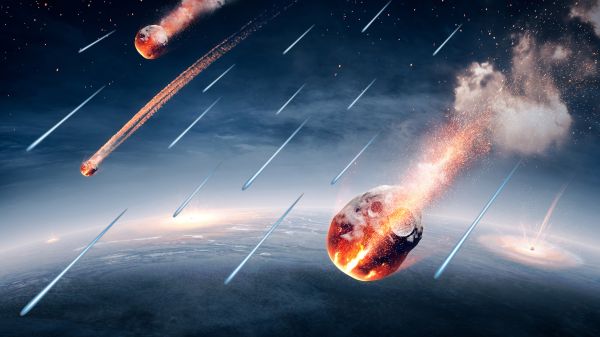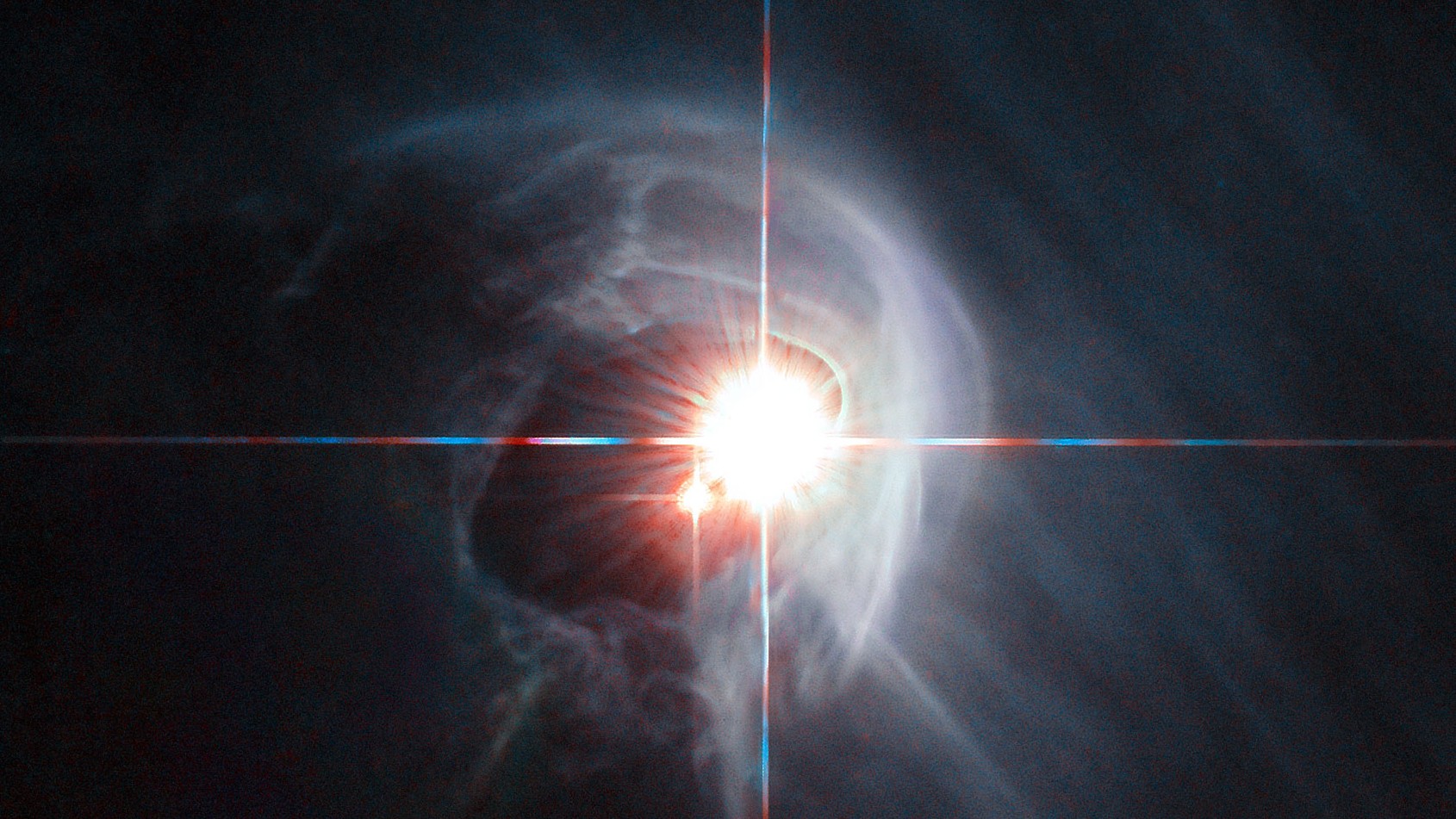Radioactive space rocks could have seeded life on Earth, new research suggests
Radioactive isotopes were found to produce amino acids inside carbonaceous chondrite meteorites.

A special type of radioactive meteorite could have seeded life on Earth, a new study found.
Carbonaceous chondrites, a type of radioactive meteorite chock full of water and organic compounds, produce energetic gamma rays that can drive the chemical reactions to synthesize amino acids — the building blocks of life — researchers discovered.
Meteorites are leftovers from the formation of the young solar system’s rocky inner planets, which first clotted from the hot clouds of gas and dust billowing near the sun roughly 4.6 billion years ago. At the time, the planets were too close to the sun to form oceans and so couldn’t harbor life, leaving scientists puzzling over how Earth transformed into an oasis of life from its initial barren state. A previous study suggested that water could have been brought to Earth by carbonaceous chondrite meteorites. Now a new study, published Dec. 7 in the journal ACS Central Science, shows that the same meteorites might have brought life’s building blocks too.
Related: Alien life on Venus? No chance, says new NASA study
To see if this was possible, the researchers mixed ammonia, methanol and formaldehyde into water in quantities similar to those found inside meteorites. Then, to see if the radioactive, gamma-ray producing elements such as aluminum-26 inside the meteorites could generate the heat needed for amino acid synthesis, the researchers irradiated their mixture with gamma rays from an analog isotope called cobalt-60.
Sure enough, the scientists found that the gamma-ray bombardment caused a spike in the production of amino acids inside the solution. Higher gamma-ray production increased the rate of amino acid synthesis. Additionally, the researchers discovered that the proportions of lab-produced amino acids matched those found in the Murchison meteorite — a 2205-pound (100 kilograms) space rock that landed in Australia in 1969. Further analysis revealed that it would have taken anywhere from 1,000 to 100,000 years to produce the amino acid quantities found inside the Murchison meteorite.
It should be noted that amino acids can be made by many different processes, so while the mechanism the researchers have discovered is a possible candidate for how Earth was seeded by amino acids, it is not the only one. Future research will need to compare this mechanism with others to establish which one likely predominated during Earth’s earliest years.
Get the world’s most fascinating discoveries delivered straight to your inbox.

Ben Turner is a U.K. based writer and editor at Live Science. He covers physics and astronomy, tech and climate change. He graduated from University College London with a degree in particle physics before training as a journalist. When he's not writing, Ben enjoys reading literature, playing the guitar and embarrassing himself with chess.
